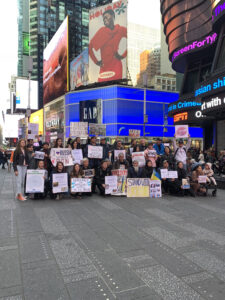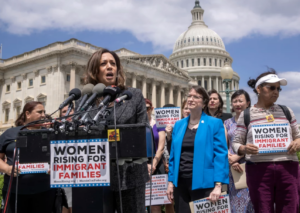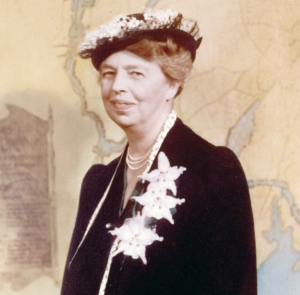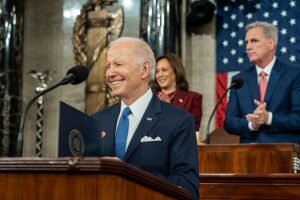Catalan secessionism wins the election—but not in votes
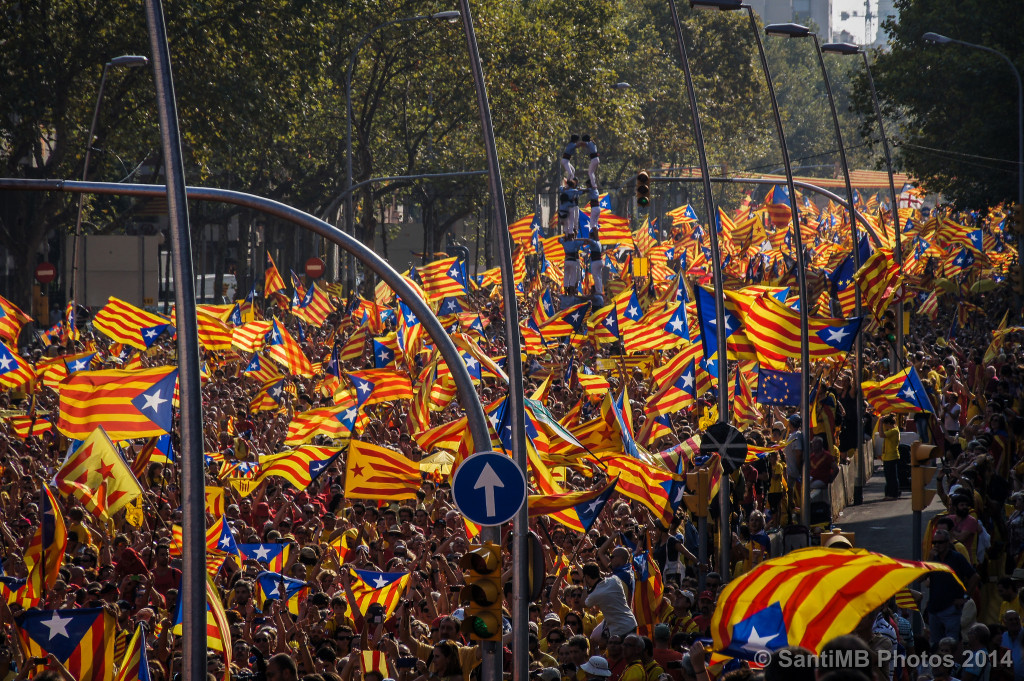
People marching for independence showing secessionist flags in Barcelona. Picture by SantiMB.Photos | Flickr
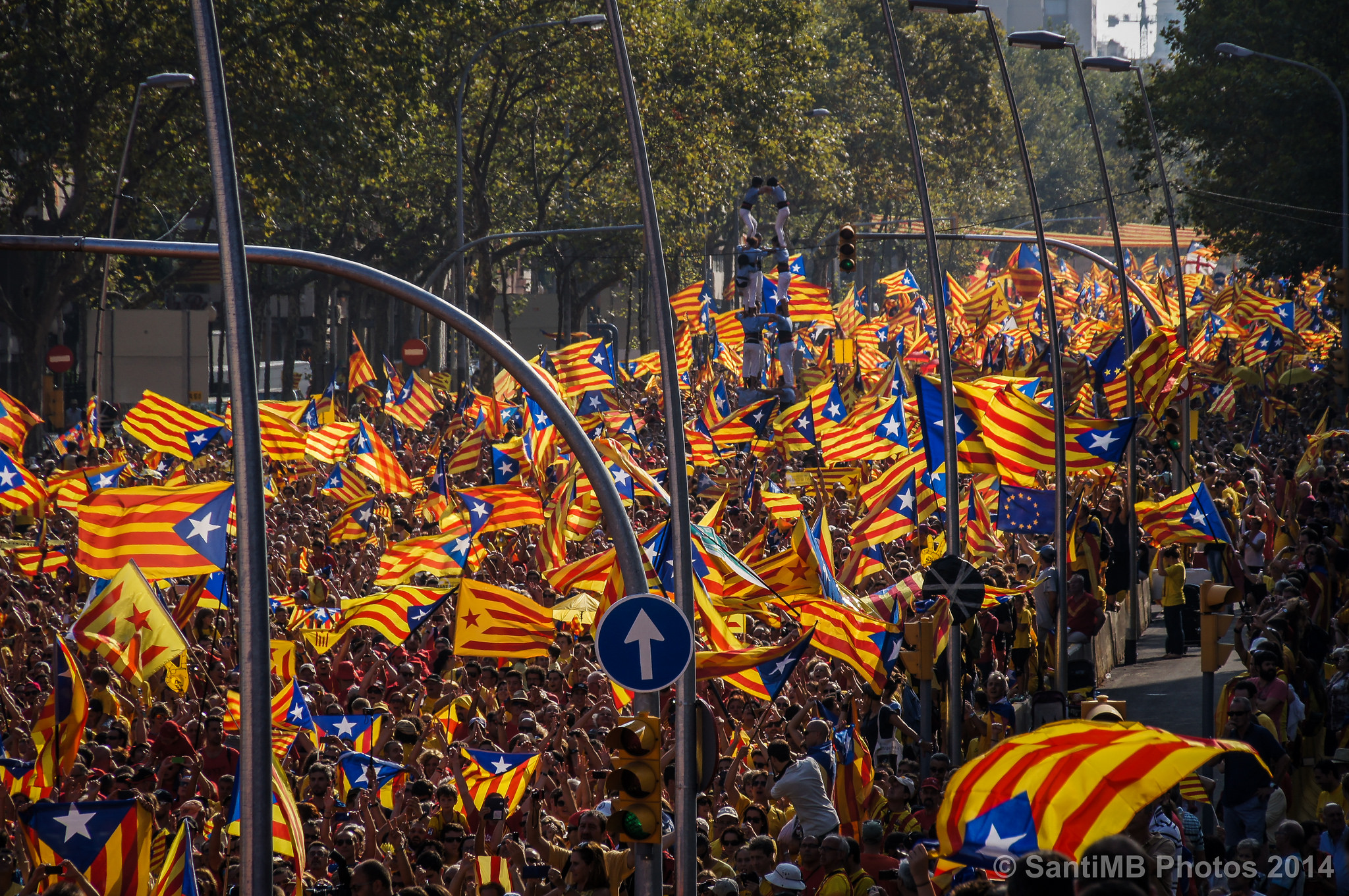
Pro-independence parties in Catalonia won the regional elections on Sunday—elections that registered a historic high turnout of 77.4 percent. But secessionist parties didn’t get the majority of votes. This might put into question the legitimacy to take political actions towards independence.
The push for Catalan independence can be traced back to the creation of the modern Spanish state, but for the last five years it has seen a dramatic increase in popular support. The tipping point was the cut back on Catalonia’s self government capabilities as a result of the 2010 Spanish Constitutional Court ruling on Catalonia’s basic law (“Estatut d’Autonomia”)—a law that had previously been approved by the Catalan Parliament, the Spanish Congress, and the Catalan people in a referendum.
Since then, Catalonia has seen massive demonstrations in support of the right to self-determination, shifting away from the self-government claims. In 2014, the Catalan Parliament formally requested the Spanish Congress to allow a referendum on independence in Catalonia. The answer was no. Later that year, a mock referendum on independence was organized by civil society organizations with the implicit support of the Catalan government. These regional elections were called by Catalan President Artur Mas as a way around to having an authorized, legally binding referendum.
Pro-independence parties received less than 50 percent of the votes. This paradox is the result of an electoral law that benefits rural districts over urban ones, where pro-union parties have the most support. But those parties that are against independence and the right of self-determination did not exceed the 50 percent threshold either. That is because a left-wing coalition (“Catalonia Yes We Can” or CSQP) formed by the Catalan green party and the blossoming leftist Spanish party “Podemos”, among others, did not position itself in the Yes or No blocs. The coalition, which got 11 percent of the votes, championed the “right to decide” of the Catalan people on all issues (promising a referendum on independence), but focused its attention on social issues. All in all, secessionists (“Together for Yes” or JxSi—a coalition between the center-right party, “Convergència” and the center-left party, ERC—, and CUP) obtained around 48 percent of the votes, vis-à-vis 40 percent for the unionists (PSC, PP, and “Ciutadans”).
Spain—and its autonomous regions, among them Catalonia—is a parliamentary democracy. People vote for their representatives in parliament, who in turn elect a president who will form the government. The parties that support independence obtained the necessary majority in parliament to elect a president, and so it can be expected that a secessionist government will be formed. But for this to happen, there needs to be a coalition between the main secessionist parties, and it is still unsure that they will agree on keeping the current president, Artur Mas (who has lead the push for independence while implementing tough austerity measures), or if an alternative candidate will be needed in order to achieve consensus.
Plurality is not exclusive of the Yes front. Political parties that are against independence are very diverse in their approach to solve the political conflict between Catalonia and Spain. “Ciutadans” and the Catalan Socialist Party (PSC, ally of the Spanish Socialist Party, PSOE) advocate for a constitutional reform that clarifies the role of the central and the regional governments (with different nuances) and allows all Spaniards to vote on it, while the Spanish nationalist right-wing Popular Party (PP) has opposed that idea. Finally, Catalonia Yes We Can (CSQP) supports a Spanish-wide debate on the issue, but believes it is ultimately up to the Catalan people to decide.
Looking ahead, these elections are as crucial for Catalonia as for Spain. Not only because Catalonia’s parliament and government can be expected to initiate a process towards independence, but also because of its impact on the Spanish political arena. During the campaign, President Rajoy asked for support from neighboring countries; he invited former President of France Nicolas Sarkozy to speak against secession, and convinced German Chancellor Angela Merkel and British PM David Cameron to publicly deny the right of self-determination of the Catalan people under the Spanish Constitution. But in these elections his political party (PP) has taken a hit—11 seats and 8.5 percent of the votes, down from 19 seats and 13 percent of the votes in 2012. And Rajoy has lost the opportunity to lead the anti-independence front.
This downturn has mostly benefited the center-right “Ciutadans,” which almost tripled its results and achieved 25 seats and 18 percent of the votes. Its leader, Albert Rivera, ranks the highest in the Spanish polls, and the party is expected to play a major role in deciding the color of the next Spanish government after Spanish general elections this fall. The far-left party “Podemos,” led by young political scientist Pablo Iglesias, can also become critical to build a majority with the socialists—even if they have not performed as expected in Catalonia. In any case, Catalan politics will continue to inform Spanish politics in the near future, being it from within or from without.
Eduard Cabré Romans is a masters candidate in Urban Planning at NYU Wagner School.



